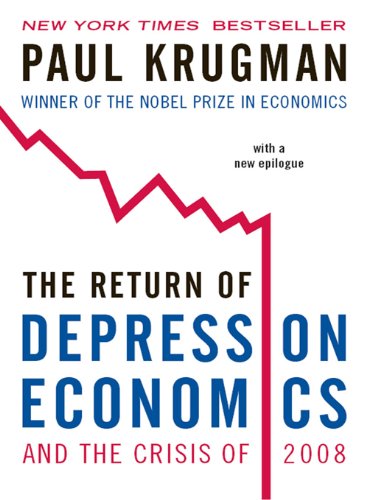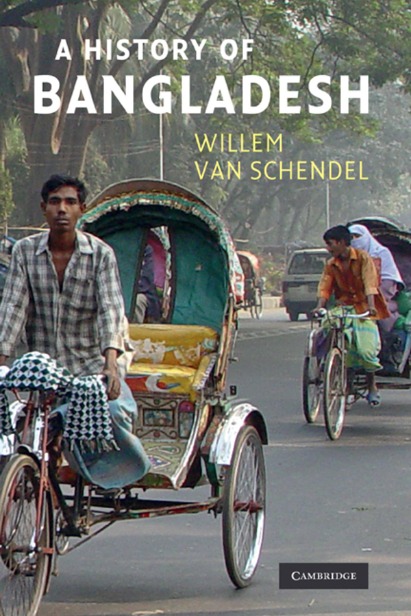Afropean: Notes from Black Europe, Johny Pitts, Allen Lane, 2019, pp. 393, ISBN: 978-0-141-98472-8
African experience outside of Africa tends to be subsumed by the particular experience of African Americans. A lot of people are familiar with the brutality of slavery that built the America of today, the egregious apartheid regime of the South and the more subtle, but just as awful, racism of the North. Civil rights struggles in America became emblematic of black people’s fight for the recognition of their rights, and leaders such a Malcolm X and Martin Luther King Junior continue to inspire millions around the world. The African-American experience, despicable as it is, remains visible in the US.
The African experience in Europe is, on the other hand, marginalized. European identity is generally thought of as homogenously white. This not only erases a very rich and vibrant African community that is part and parcel of the European identity, but also reveals European ethnocentrism, also manifested in over-policing, criminalization, and racism that unfortunately remains under-reported. In 2018, the EU’s Fundamental Rights Agency concluded that “almost 20 years after the adoption of EU laws forbidding discrimination, people of African descent face widespread and entrenched prejudice and exclusion.” In a survey done on 6000 Afro-Europeans throughout the EU in 2015-2016, 30% of respondents said they experienced racial harassment, while the majority said that they did not report this violence because they believed that it would not change anything. A full quarter said they felt racially discriminated against, and 21% faced discrimination in their search for housing.
European identity is constructed through the artificial coupling of race and nation, with institutional erasure of non-white identities continually assuming new forms and adapting to new social realities. To think of a European is thus to think of a white body. Yet, according to the European Network Against Racism, “an estimated 7,000,000 individuals of African descent currently live in and have long had a presence in Europe, forming an influential part of the African diaspora.” They are here, because, of course, Europe was there.
Johny Pitts’ book Afropean successfully weaves the Afro-European experience back into the story of various national identities in Europe. The very title, with its unhyphenated singularity, allows for that experience to be expressed in the form of multicentric unity of a black body in Europe, which is at once African and European. The mechanics of Pitts’ book are equally as exciting, for as he notes, he embarked on a journey that would lead him to nine different cities across Europe as that most unusual of travellers, the “black backpacker.” As a black backpacker, Pitts reverses the usual roles of the observed and the observer and becomes a black flaneur. Instead of the black body being the one observed, he does the observing. Initially, he sought to portray the success stories of black Europeans, but travelling on a budget, as he did, revealed the periphery, a space populated by those hustling to survive. His stories allow these communities to speak, and their voice becomes the expression of their identity.
Pitts begins his journey in Paris, where after a tour of black Paris leaves him wanting, he ventures into the notorious suburbs. Clichy-sous-Bois, where the majority of people are descendants of first-generation African immigrants, reminds him of Chernobyl, “a deserted half-town falling to pieces.” Its buildings are dilapidated, and the mood is sombre. Yet, this suburb is considered to be Paris – the romantic city of light.
Speaking to various people in the area, Pitts reveals how the older inhabitants left Africa to build France and provide a better future for their children but were ultimately excluded from the very prosperity they had helped create. Youth unemployment stood at 32% at the time of Pitts’ visit, and businesses routinely discriminated against applicants who gave Clichy-sous-Bois as their residential address. The area came to be associated with crime, and the entire community was left stigmatized.
Inhabiting the neglected, underfunded, and institutionally invisible periphery of major cities, brilliant young Afropeans are denied opportunities given to other citizens. In an area nicknamed Matonge, after a market in Kinshasa, in Brussels, Pitts finds that one in four black men possesses a master’s degree, and yet in Belgium, they are most likely to be unemployed. In Rinkeby, a borough of Stockholm, the majority are first or second-generation immigrants and are routinely disparaged by Swedes. Bored and aimless young men roam the streets. Similarly, Pitts drives on crumbling, potholed roads to get to what has been called the Global South in Europe, Lisbon’s Cova da Moura, where a vibrant Cape Verdean immigrant community lives under wrought-iron roofs and crumbling concrete. Yet, “they had a feeling of permanency.” They are European but are constantly pushed away from Europe. Europe has managed to exclude these areas, and these people out of its projected image.
Afropean identity is forged through anti-colonial struggle that results in the carving of separate but inclusive space for African identities within wider European ones. Pitts describes its genesis masterfully, by incorporating long histories of trans-Atlantic and Mediterranean activism with its concrete manifestations in countries he visited. French colonial conquests in northern and western Africa birthed vibrant Algerian and Malian communities in France, while Belgian atrocities in Congo resulted in a Congolese community in Belgium. Likewise, people from Lusophone Africa are to be found in Portugal, while the Surinamese form the largest ethnic minority in the Netherlands.
However, as Pitts shows, colonial powers have tried hard to erase their colonial history and the contribution of people from the colonies in the building of Europe. For example, in 1944, British and American generals demanded, and de Gaulle agreed, to exclude colonial troops in the liberation of Paris. This was to ensure that the whites were seen as victors, even though none of the French divisions was 100% white, and each comprised of 60% non-white men, mainly drawn from Western Africa. The reader often has to pause and reflect on the hidden details behind the standardized European narrative that Pitts uncovers to show the role Africa played in the history of Europe, on European soil. Pitts’ destroying of “truths” is not only revealing but also pleasurable.
As Pitts states himself, his book was constrained by his budget, and his worldview, and does not seek to cover every facet of the Afropean experience. It does not suffer from “the burden of representation,” to borrow James Baldwin’s phraseology. Religion and sexuality play a minor role in the narrative that focuses on history, literature, art and quotidian life. In particular, his celebration of Afropean art, which he presents with such familiarity and fluency that the uninitiated sometimes struggle to follow his train of thought. Various singers, artists, directors, documentary makers are seamlessly woven into the fabric of their national cultures.
Pitts’ Afropean is a revealing and fascinating travelogue that not only tackles the injustices, both historical and present, that have been perpetrated against African communities, but celebrates their existence. In doing so, he presents their importance in the forging of a European identity that is not homogenous, but fashioned out of different historical experiences. Even though they are here, because Europe was there, they belong here nonetheless.




